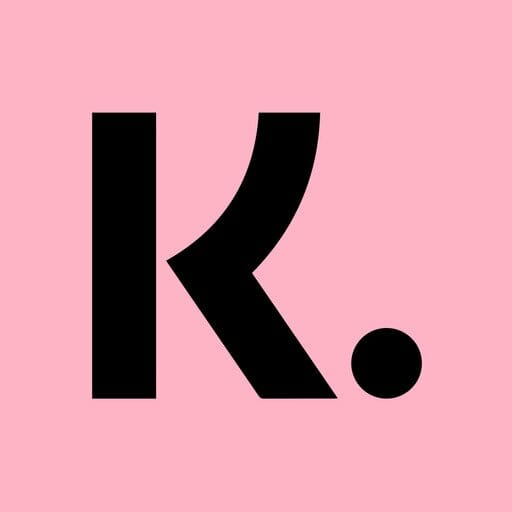Research analyzing the pandemic’s long-term impact on consumer spending behavior also finds that safety and discounts are top priorities for shoppers returning to stores
New York, NY (March 18, 2021) – Seventy-seven percent (77%) of shoppers want to be able to try on clothes again in fitting rooms this year, but only 36% would like to see beauty and wellness product testing return. This is according to new research by Klarna, a leading global retail bank, payments and shopping service, which surveyed over 41,000 shoppers across the US to understand the pandemic’s lasting impact on consumer spending behavior.
Klarna’s survey also found that safety precautions will be the top priority for nearly three-quarters of consumers (74%) shopping in-store, even when the country opens up more widely. Deals and discounts are also an important draw for 73% of those planning to shop in brick-and-mortar stores this year, followed by fast and convenient pickup and returns (63%), and the availability of customer service (46%).
“Shoppers miss the physical elements of the in-store experience that can only be offered in a brick-and-mortar setting, like fitting rooms. However, they also have new expectations around what the in-store shopping journey should look like,” said David Sykes, Head of US at Klarna. “Our latest research shows that safety will remain a top concern for consumers, even as the world reopens, so retailers must adapt their in-store experience to provide shoppers with greater confidence and peace of mind. Buy online, pick up in store options, contactless payments, QR codes, and safety features as simple as hand sanitizer are simple solutions proven to resonate with today’s shoppers.”
Additional key findings include:
- Stores have an instant gratification advantage. The top reasons shoppers head to physical retail stores are to touch and try on products (79%), purchase products instantly (67%), browse and discover new products (56%), and return items quickly (34%).
- Younger generations appreciate the speed and efficiency of physical stores. The ability to purchase and return items quickly is more important to Millennials (purchase: 72%, return: 36%) and Gen Zers (purchase: 70%, return: 40%) than it is to Gen Xers (purchase: 65%, return: 30%) and Boomers (purchase: 60%, return: 30%).
- Shoppers prefer to shop for apparel and footwear in-store. Apparel is consumers’ top category to shop for in-store, cited by 60% of survey respondents, followed by footwear (58%), home goods (51%) and beauty (47%).
- Expect safety precautions to become permanent additions to brick-and-mortar. 77% of shoppers would like hand sanitizing stations permanently adopted by physical retail stores. 21% of shoppers would also like temperature checks to be integrated permanently in-store. Meanwhile, a significant proportion of older shoppers would like plastic barriers to remain at checkout (46% of Boomers).
- Shoppers agree that touchless features improve the in-store experience. When it comes to in-store technologies, contactless payments and buy online, pick up in store (BOPIS) options are overwhelming favorites. 81% of shoppers agree that the availability of BOPIS has improved their shopping experience and 61% said that contactless payments has also elevated their experience in physical stores. The majority of shoppers would like BOPIS options adopted permanently by retail stores (77%), along with contactless payments (62%).
- QR codes haven’t taken off yet, but are resonating with shoppers. While only 48% of respondents have used QR codes while shopping, 79% of shoppers who have used the technology, either online or in-store, say that it improved their shopping experience.
- Shoppers expect an omnichannel experience. 91% of shoppers expect brands to offer both online and in-store shopping experiences, and 87% expect brands to have a mobile app.
- Shoppers would visit an online brand’s physical store if they could. 83% of shoppers say that they would shop in-store at their favorite online-only brand if the brand were to open a brick-and-mortar store in their area.
Methodology
Findings are based on the results of a US survey of over 41,000 Klarna shoppers ages 18+, fielded in January 2021. Definitions of each age group are Gen Z (18-24); Millennials (25-40); Gen X (41-56); Boomers (57-75).
About Klarna
We make shopping smooth. With Klarna consumers can buy now and pay later, so they can get what they love today. Klarna’s offering to consumers and retailers include payments, social shopping, and personal finances. Over 250,000 retail partners, including H&M, IKEA, Expedia Group, Samsung, ASOS, Peloton, Abercrombie & Fitch, Nike and AliExpress have enabled Klarna’s innovative shopping experience online and in-store. Klarna is one of the most highly valued private fintechs globally with a valuation of $31 billion. Klarna was founded in 2005, has over 3,500 employees and is active in 17 countries. For more information, visit klarna.com.
